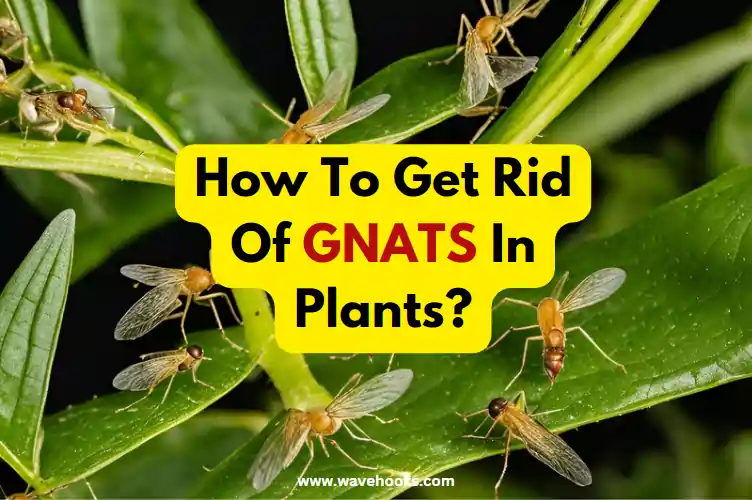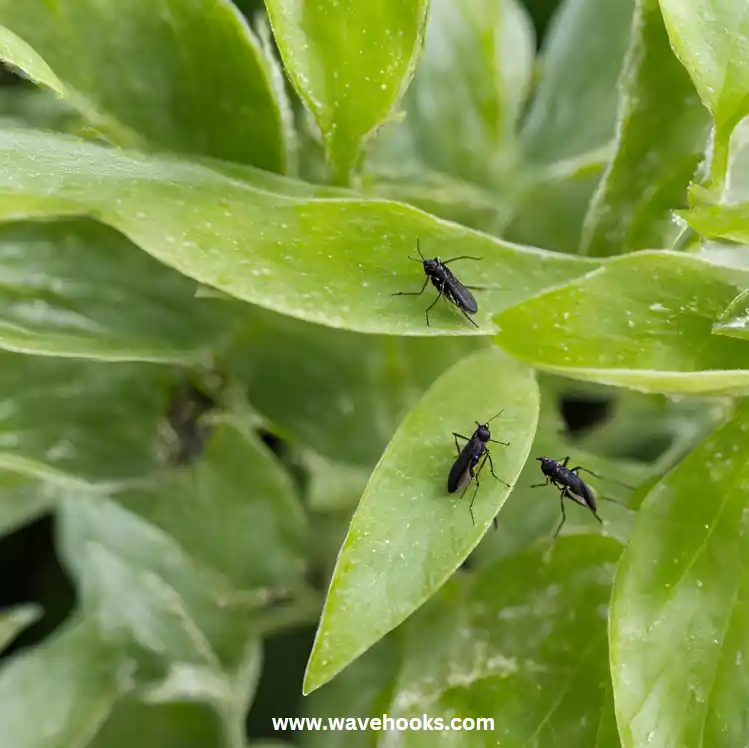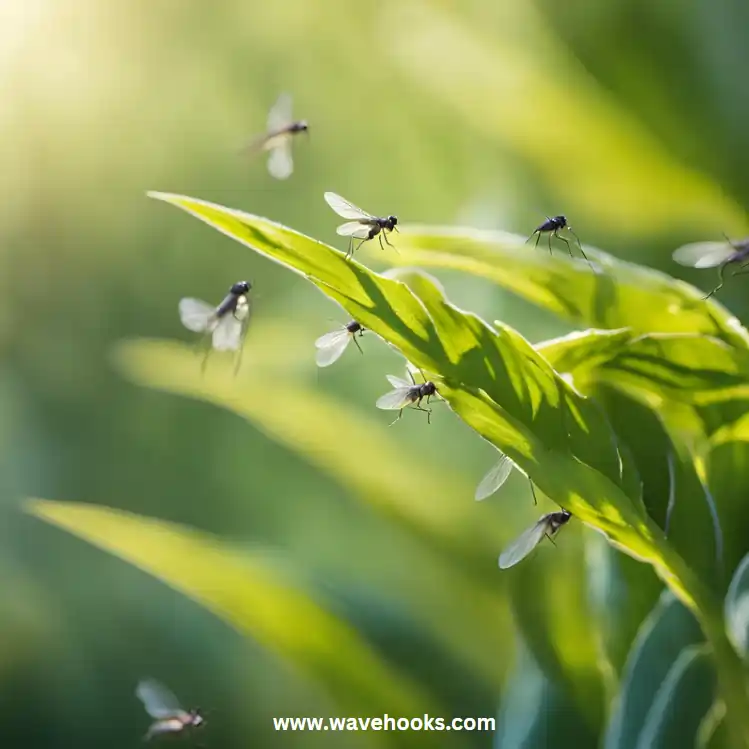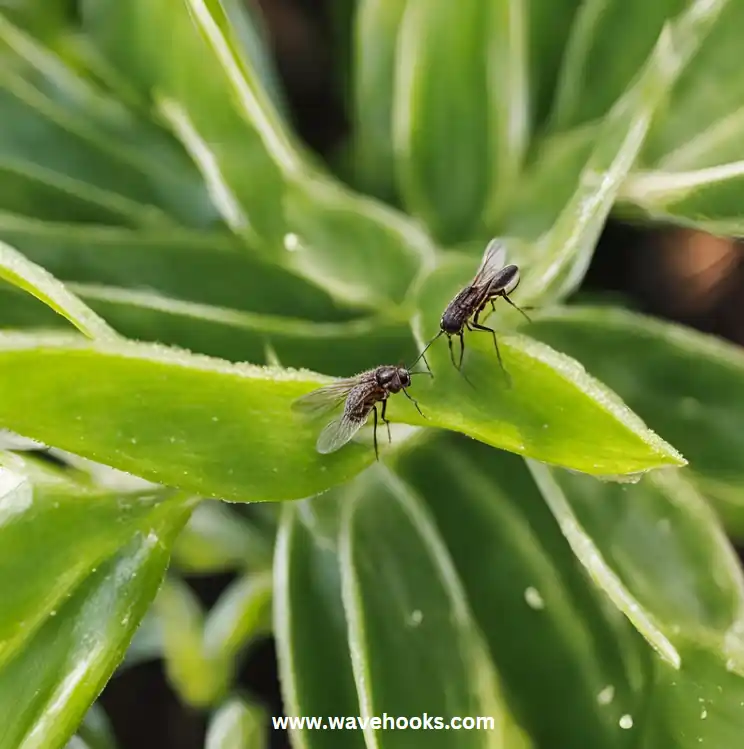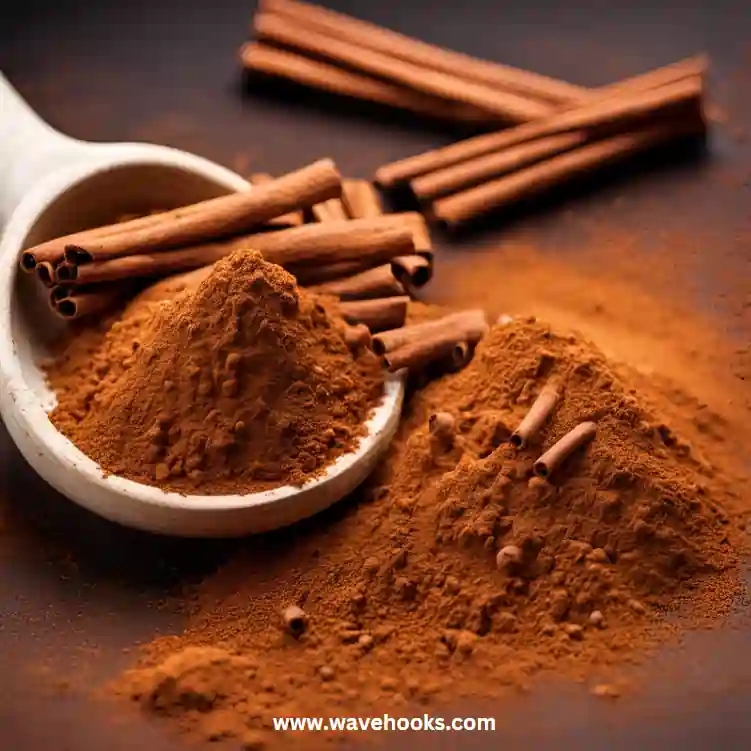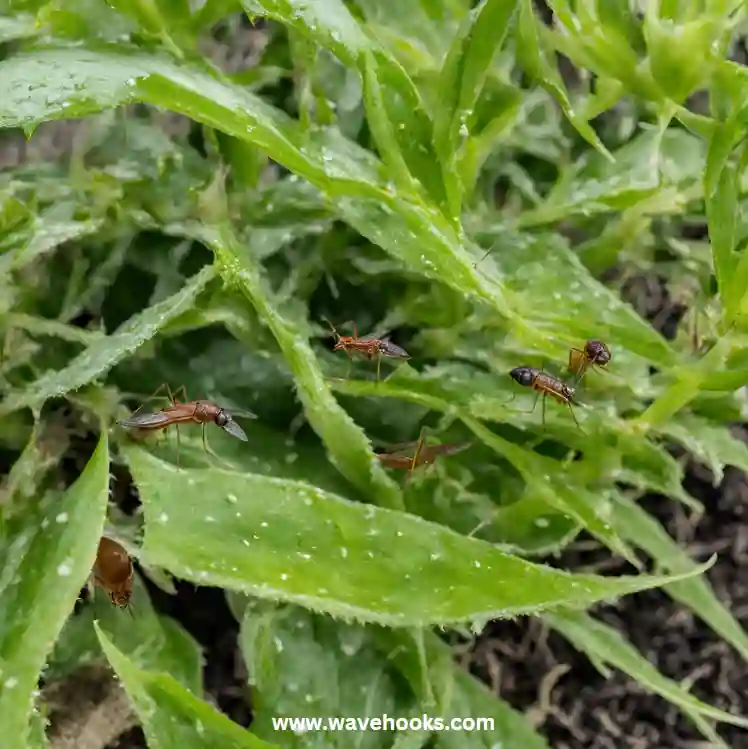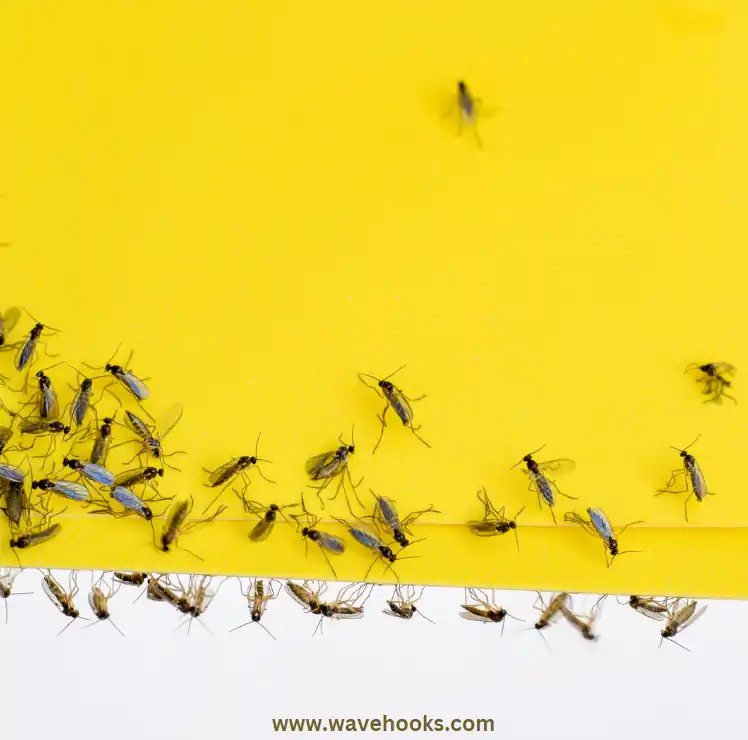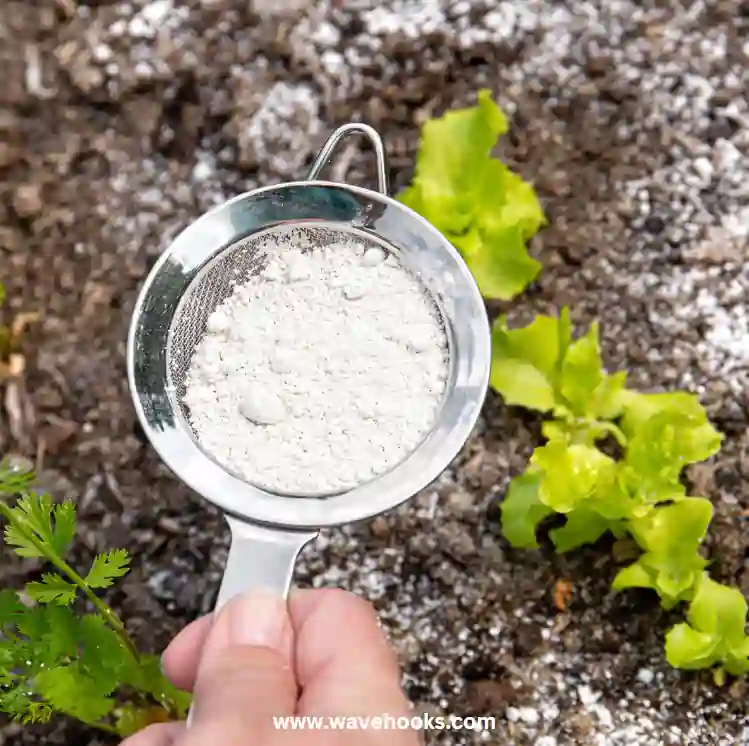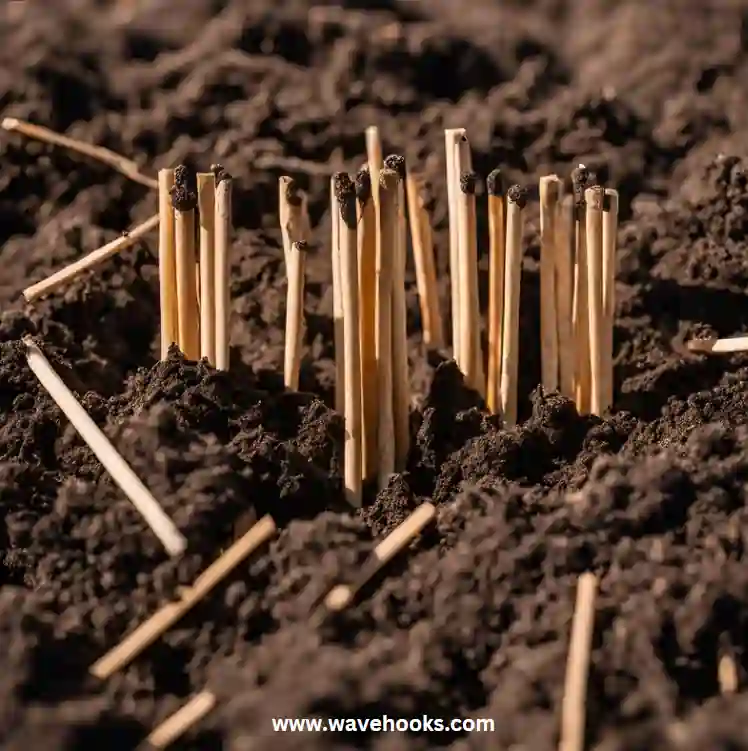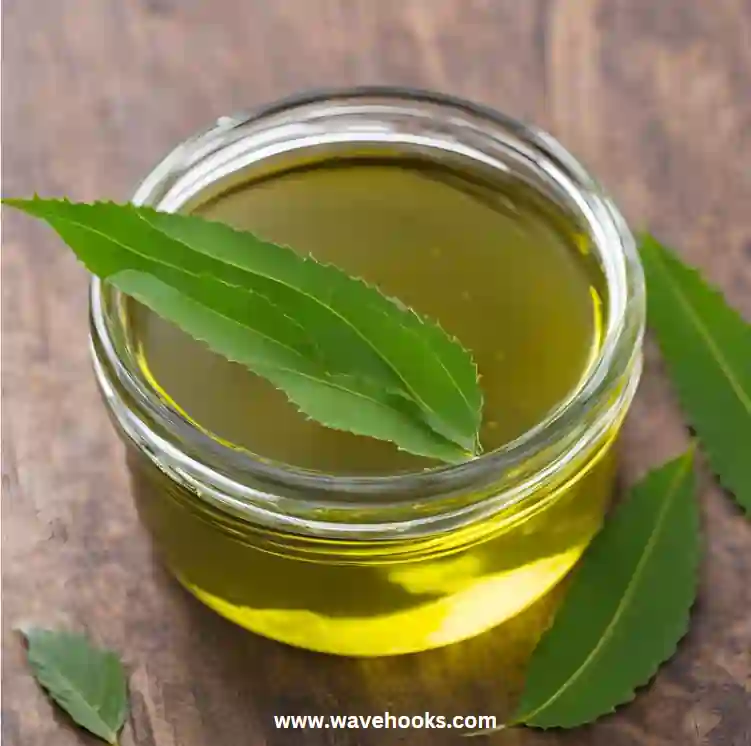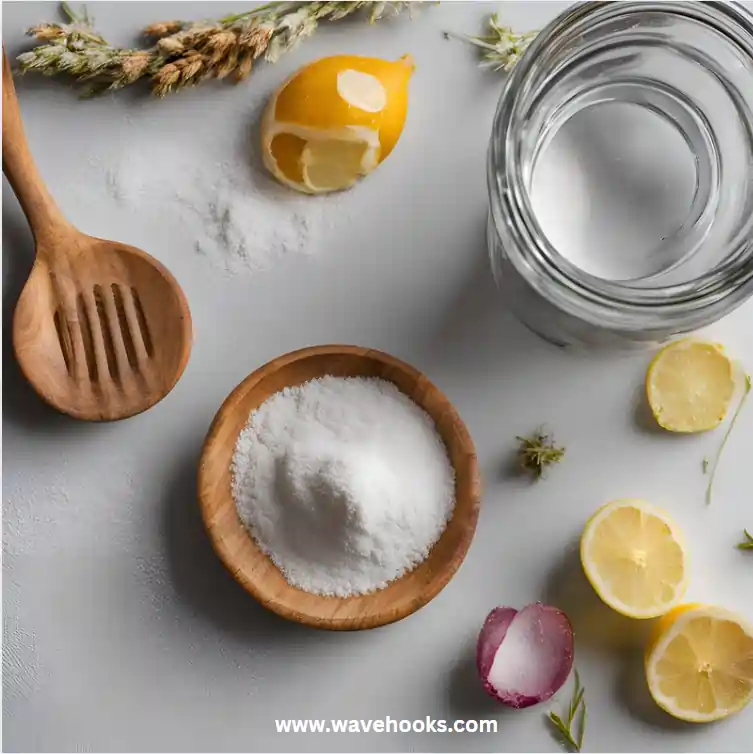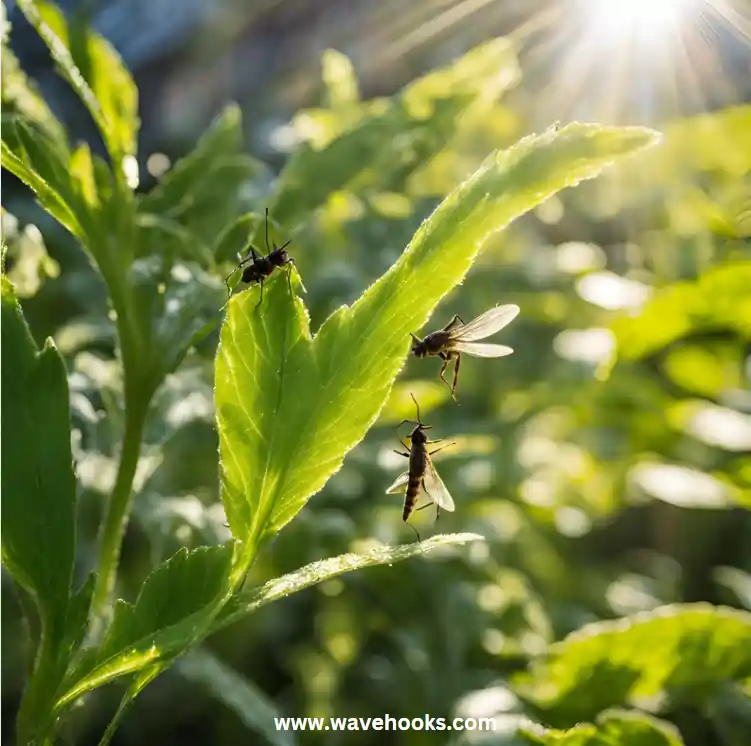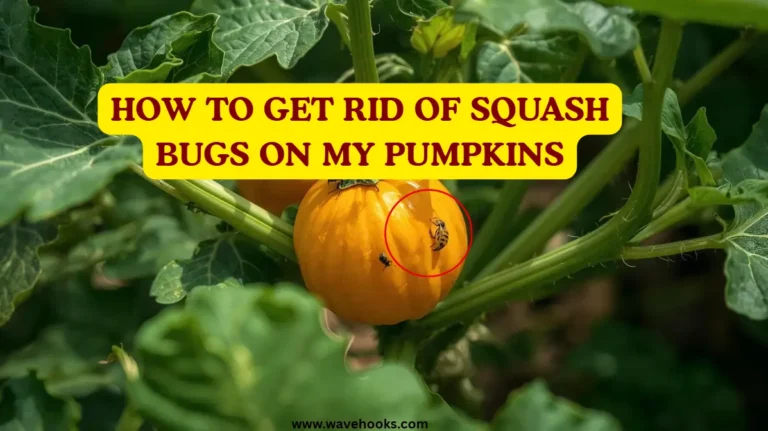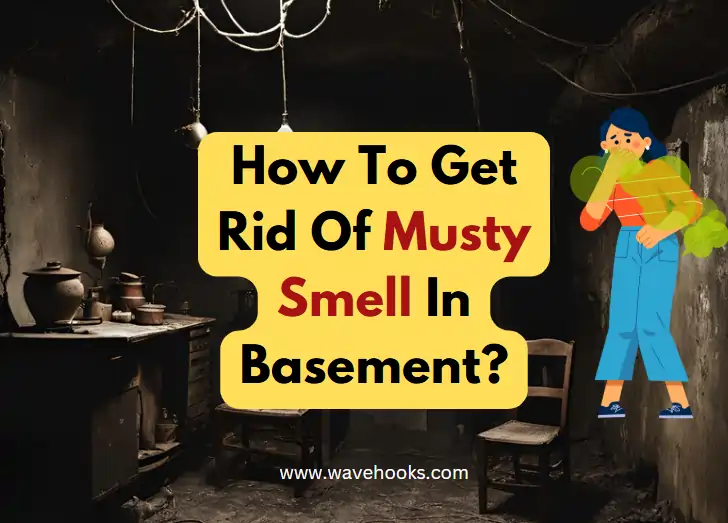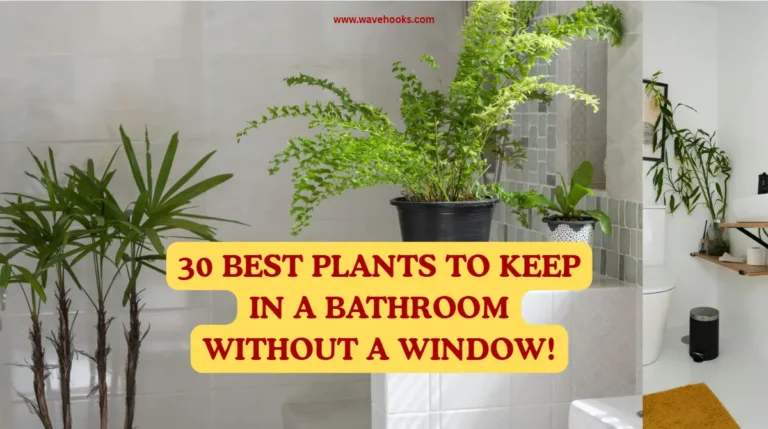How to get rid of gnats in plants is a common struggle for plant lovers everywhere.
Nothing is more annoying than seeing our beloved plants overrun by these tiny gnats, which can eventually damage plant growth.
Though it is a common perception that only plant leaves are affected by them, there is also a potential risk to the plant and root health.
So, If you are determined to tackle this issue, this guide will offer working inventive strategies, and natural solutions to help you get away with the gnats.
What Causes Gnats in Plants?
Before diving into the ways to get rid of gnats in plants, let;’s find out why they infest plants:
- Over-watered soil: Gnats always love damp environments, so moist soil is their getaway.
- Organic Material: Dead leaves, root decay, and compost can attract them altogether
- Lack of Airflow: Stagnant air around plants can invite pests and mold growth.
Identifying these factors can help us tackle the issue from the root.
Suggested Read: Does Sunlight Kill Mold: How Well Is Sunlight Against Mold?
10 Inventive Methods to Get Rid of Gnats in Plants
Let’s look at some out-of-the-box solutions to get rid of gnats in plants.
These aren’t your average methods—they’re catered to tackle gnat infestations effectively and naturally.
1. The Apple Cider Vinegar and Soap Trap
Apple cider vinegar with its luring smell will attract more gnats and let them fall trap in the soap
What You’ll Need:
- 2 tablespoons of apple cider vinegar
- 1 drop of dish soap
- A small cup or jar
Instructions:
- Pour the vinegar into the container.
- Add the dish soap and mix it gently.
- Place the cup near the infested plant.
The vinegar attracts the gnats, while the soap breaks the surface tension, causing them to sink and drown.
2. Hydrogen Peroxide Soil Drench
Hydrogen peroxide not only kills gnat larvae in the soil but is also safe for plants in low concentrations.
What You’ll Need:
- 1 cup of 3% hydrogen peroxide
- 4 cups of water
Instructions:
- Mix the hydrogen peroxide and water.
- Pour it gently onto the soil surface, avoiding the plant’s foliage.
The mixture foams as it kills gnat larvae, offering a fresh start for your plant.
3. Sand Top Dressing To Get Rid Of Gants In Plants
Since gnats lay their eggs in the topsoil, covering it with a layer of sand can disrupt their breeding cycle.
Instructions:
- Spread a 1-inch layer of coarse sand on top of the soil.
- Make sure the sand is dry and isn’t buried in the soil.
4. how to get rid of gnats in plants cinnamon
Believe it or not, cinnamon is a natural fungicide that can keep gnats at bay.
Instructions:
- Sprinkle a light dusting of cinnamon powder across the topsoil.
- Reapply every two weeks until the gnats are gone.
This technique will also help you keep your area free from tiny ants.
5. Bottom Watering to Avoid Moisture on the Soil Surface
Since gnats are attracted to moist topsoil, changing your watering technique can help.
Instructions:
- Fill a saucer with water and place the plant pot on top of it.
- Let the plant absorb water from the bottom, reducing the chance of gnats being attracted to the soil surface.
More Methods to Get Rid of Gnats in Plants
6. Beneficial Nematodes To Tackle Gnats In Plants
Beneficial Nematodes are microorganisms that can naturally control various pests.
Instructions:
- Purchase nematodes (look for Steinernema feltiae).
- Mix them into water as directed.
- Pour the solution into the soil, where they’ll feast on gnat larvae.
Suggested Read: How To Clean A Vacant Apartment Of Pests: 5 Secrets Unveiled
7. Essential Oil Spray To Get Rid Of Gnats In Plants
Essential oils like peppermint and tea tree can repel gnats effectively.
What You’ll Need:
- 10 drops of peppermint or tea tree oil
- 1 cup of water
- A spray bottle
Instructions:
- Mix the essential oil with water in the spray bottle.
- Lightly mist around the plant (but avoid spraying directly onto the plant’s leaves).
8. Potato Slices to Attract and Remove Larvae
Potato slices are optional and one of the sustainable ways to get rid of gnats from plants
Instructions:
- Place thin slices of raw potato on the soil.
- After a day, discard the slices—they’ll be filled with larvae.
Repeat until you no longer find larvae on the potato slices. This will also give added nutrients to your plant growth.
9. Diatomaceous Earth Barrier
Diatomaceous Earth (DE) is a powder made from fossilized algae, and it’s harmless to humans and pets but lethal to small pests like gnats.
Instructions:
- Sprinkle a thin layer of food-grade diatomaceous earth on the soil surface.
- As gnats come in contact with DE, the sharp particles cut through their exoskeletons, dehydrating them.
- Reapply if the DE layer becomes wet, as it’s most effective when dry.
Diatomaceous Earth also helps in keeping away tiny ants from the bathroom and other places!
10. Matchsticks in the Soil
This old-school gardening trick might sound unusual, but the sulfur in matchsticks can deter gnats and help reduce fungal growth.
Instructions:
- Place 4-5 matchsticks, head side down, in the soil around your plant.
- Water your plant lightly to release the sulfur.
- Replace the matchsticks every week until you notice fewer gnats.
11. Mosquito Dunks (Bt-Based Solution)
Mosquito dunks, which contain Bacillus thuringiensis israelensis (Bt), are primarily used for mosquitoes but also target gnat larvae effectively.
Instructions:
- Break off a small piece of a mosquito dunk.
- Soak it in water for about 30 minutes, then use the water to gently water your plant.
- Bt bacteria target and kill gnat larvae without harming plants or beneficial insects.
Suggested Read: 16 Top Effective Mosquito Repellent Plants Safe For Dogs!
12. Neem Oil Soil Soak To Get Rid Of Gnats In Plants
Neem oil is a powerful, natural insecticide that disrupts the life cycle of gnats and other pests.
What You’ll Need:
- 1 teaspoon of neem oil
- 1 quart of water
- A few drops of mild liquid soap (optional, to help mix)
Instructions:
- Combine the neem oil, water, and soap (if using).
- Pour the mixture directly onto the soil to kill gnat larvae.
- Repeat every two weeks for maintenance and to prevent future infestations.
13. Raw Garlic Solution
Garlic has natural anti-pest properties that can keep gnats and other insects away.
Instructions:
- Crush 2-3 cloves of garlic and let them sit in a cup of water overnight.
- Strain the water and pour it onto the soil, or mist it lightly around your plant.
- The strong smell and compounds in garlic deter gnats and make the soil less inviting for egg-laying.
14. Baking Soda and Vinegar Soil Treatment
Baking soda, when combined with vinegar, creates a bubbling reaction that can disturb the soil enough to make gnats retreat.
What You’ll Need:
- 1 teaspoon of baking soda
- 1/4 cup of vinegar
Instructions:
- Sprinkle baking soda on the soil surface.
- Slowly pour the vinegar over the soil, allowing it to fizz.
- After the reaction settles, rinse lightly with water.
Note: Be careful with this method, as excessive use can alter soil pH, which might affect your plant. Only use it occasionally and avoid using on delicate plants.
15. Coffee Grounds Barrier To Get Away With Gnats In plants
Gnats aren’t fans of coffee grounds, and using them can be an effective repellent.
Instructions:
- Sprinkle a thin layer of used coffee grounds on the soil surface.
- Replace every few days or after watering.
Coffee grounds can also add nutrients to the soil, so it’s a win-win!
how to get rid of gnats in plants hydrogen peroxide

If you’re wondering how to get rid of gnats in plants, hydrogen peroxide is the easiest home solution I swear by.
I already use hydrogen peroxide to soak my toothbrush and kill germs, so using it for plants was a natural step.
Just mix one part hydrogen peroxide with four parts water and pour it into the soil; it kills gnat larvae instantly while boosting root health with extra oxygen.
A quick caution, though: don’t use it more than once a week, as too much hydrogen peroxide can stress your plant’s delicate roots.
what kills fungus gnats instantly?
While reading a scientific journal, I discovered a truly mind-blowing approach:
Fungus gnats are irresistibly drawn to 365 nm UV-A light when it’s modulated at about 40 Hz, and can then be instantly eliminated using a short burst from a 445 nm blue laser.
In lab experiments, this integrated system trapped 80% of gnats within just 20 seconds and cut the survival rate by half within two minutes!
This innovative combo of attraction and instant elimination feels straight out of sci-fi, yet it’s real and so clever.
how to get rid of gnats in plants soil
Here are the unique 3 methods on how to get rid of gnats in plants soil:
I was tired of seeing the same advice everywhere: peroxide, sticky traps, vinegar.
So I started experimenting with my own plants, and these three quirky methods shocked me with how well they worked.
1. The Matchstick Hack to remove gnats
Instead of reaching for chemicals, I grabbed a box of plain matchsticks.
I pushed a few into the soil, head down, around the base of my plant.
Over a few days, the sulfur from the matches leached into the soil, and the gnats disappeared.
It felt almost too simple, like giving the plant a shield that gnats simply couldn’t stand.
2. The Raw Potato Trap for gants
This one made me laugh until I saw the results. I sliced a raw potato and laid it flat on the soil overnight.
By morning, it was crawling with tiny gnat larvae, all lured in by the potato’s starch.
I tossed it out, replaced it with a fresh slice, and within a week, the infestation was gone.
It’s like baiting them with their favorite snack, then throwing the whole crowd away.
3. how to get rid of gnats in plants soil with sand armor
This trick came from a fellow gardener, and now I swear by it.
I covered the topsoil with a thin layer of coarse sand. Suddenly, the gnats had no way to burrow or lay eggs, and the cycle broke instantly.
Plus, the sand gave my plants a neat, clean look, like a fresh layer of mulch that also doubles as pest control.
Suggested Read: 15 Indoor Plants That Keep Roaches Away: The Ultimate Fix!
How To Get Rid Of Gnats In Plants: FAQs
1. Why do gnats keep coming back even after I’ve gotten rid of them?
If there are favorable conditions like damp soil, and decomposing organic material there are chances of gnats getting back. Water control and aerated soil maintenance are the possible solutions.
2. How long does it take to completely get rid of gnats?
Following the multiple methods mentioned above can help you see the visible results in a week or two. However, it may take a full month to break the gnat lifecycle completely.
3. Are gnats harmful to plants?
Yes, gnats are harmful to plants because their larvae feed on delicate roots hidden in the soil. This weakens the plant’s ability to absorb water and nutrients, stunting growth. In severe cases, a heavy infestation can even kill the plant.
4. how to get rid of gnats in plants apple cider vinegar?
To get rid of gnats in plants with apple cider vinegar, mix vinegar with a few drops of dish soap in a small bowl and place it near the soil. The sweet smell lures gnats in, while the soap breaks the surface tension and traps them. It’s a quick, natural, and highly effective home remedy.
5. how to get rid of gnats in plants with dish soap?
To get rid of gnats in plants with dish soap, mix a few drops of liquid dish soap with water in a spray bottle and lightly mist the soil surface. The soapy solution breaks down the gnats’ outer layer, killing them on contact. Use sparingly, as too much soap can dry out the soil or stress plant roots.
Conclusion: How To Get Rid Of Gnats In Plants
So, here comes the end of the foolproof methods on how to get rid of gnats in plants.
From a simple home-grade ingredient like apple cider vinegar to the Diatomaceous Earth, every method has its effective output.
Just remember one key fact: consistency is the key here! Just let me know in the comments how our tricks helped.
Suggested Reads:
- Will Vinegar Kill Mosquito: The Real Truth Unveiled!
- Does Bleach Kill Spiders? Learn How Effective And Safe It Is.

